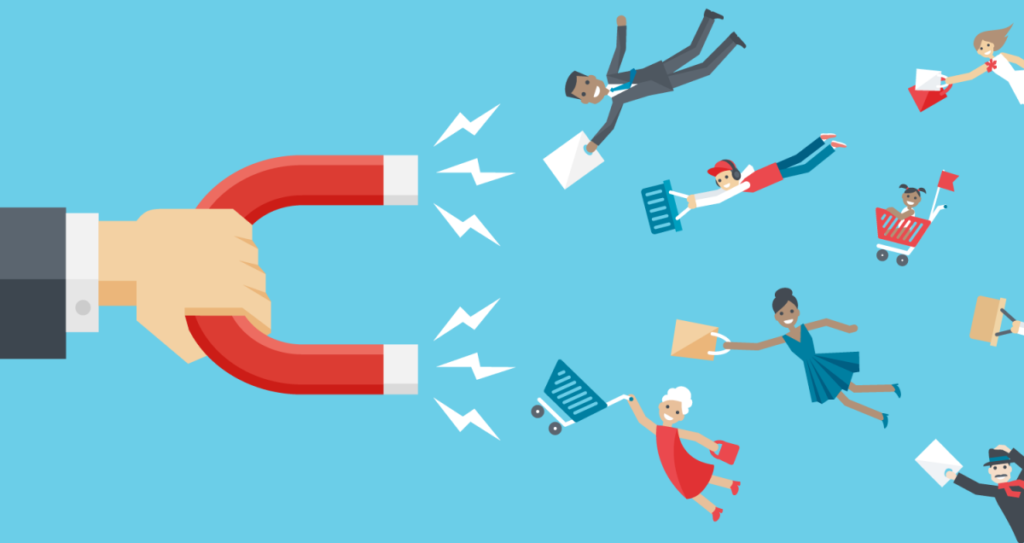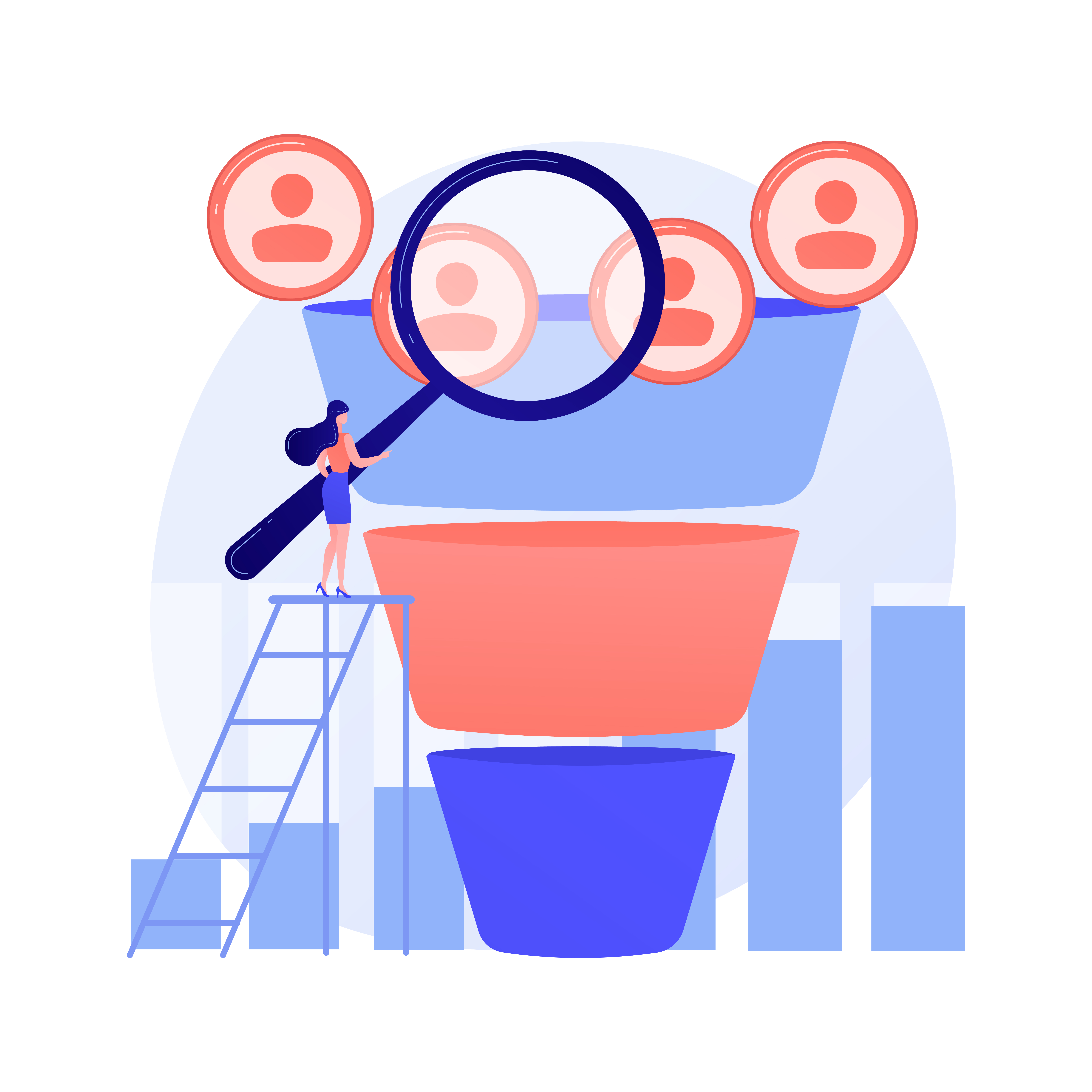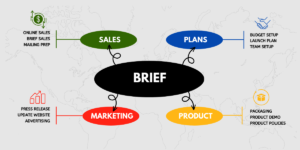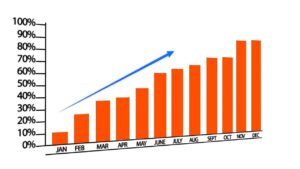The traditional marketing funnel is being replaced with the new, due to recent digital transformations.
Today users do not follow the linear funnel in their purchase journey they create their own one-of-a-kind journey.
Do you remember writing a letter to your cousin residing in a separate city during your school days ? Yes we all did once upon a time.
But today we do not write letters anymore we send emails, send watsapp messages or do video calls. The world is evolving and with it our modes of communication too. In similar manner the traditional marketing funnel is evolving to the new one too.

The traditional marketing funnel has 4 steps – Awareness, Interest, Desire, Purchase.
Through friends & families, marketing, social media networks etc a person is made aware about a product. After, the person is aware about the product he researches and gathers more information about it. If, they find the information convincing they desire to buy the product. Then, the offers, discounts, brand value or strong reference facilitates the final purchase decision.
What is the new marketing funnel?
The traditional marketing funnel is linear is nature. But, today the marketing funnel is not longer linear. Customers, can enter or exit at any point in the funnel. The funnel today is highly dynamic depending on the industry and the target audience.
There are, various new funnels to name a few are the looping digital marketing funnel, hourglass & micro-markets.
The looping digital marketing funnel is the most common of all the newly developed funnels. As it can be adapted by any industry. This newly developed marketing funnel speaks about awareness, consideration, research loop , purchase, post-purchase & loyalty loop.
The customer today can enter the funnel at any stage. Hence, the marketers should be alert enough to target and motivate the customers to their product at whichever stage they enter.
Data Analysis will largely help our marketers in this. This analysis, will tell the new age marketers when to target the customer and with what content. Digital media gives them the access to the required data resource. Which if analyzed well will lead to the increase in efficiency of marketing strategy as well as customer experience.
How can data analysis help in targeting customers?
The data available can convey multiple messages depending on the business goals. Data can say about the interest of our TG, the device they are logged in from, the location where they are assessing our information, the content they like most and engage with most, which stage they are exiting the purchase journey etc. This data when analyzed will help marketers to understand at which stage of their purchase cycle they should concentrate on and improve.
A marketers objective should not only be achieve maximum impression and clicks for a campaign but at the same time earn revenue. There can be huge visit to the website, but the conversion can be very poor. In that case the campaign does not prove to be successful. The, objective of a campaign is not to get traffic to the page. But quality traffic which leads to conversion. Attracting the right audience at each stage of the funnel will help improve conversion.

5 Steps that marketers can look to improve their targeting in the new funnel.
- Improve your SEO – This helps at all stage of the funnel.
- Strengthen your social media – helps in the awareness stage & consideration stage. .
https://reachcreativelyyours.com/what-is-influencer-marketing/ - Improve your content (be it video, blog or others) – Content marketing helps at each stage of the funnel.
- Customize your marketing strategy – Know your customers well and reach them at the right time, right place & right medium.
- Improve your customer service – Helps build Loyalty and brand ambassadors.
https://reachcreativelyyours.com/relationship-marketing-strategies-to-create-brand-ambassadors/
The above few points if kept in mind it can help improve the performance of your brand multifold.
Comment below if you would like to know on any of the topics mentioned here in details.





